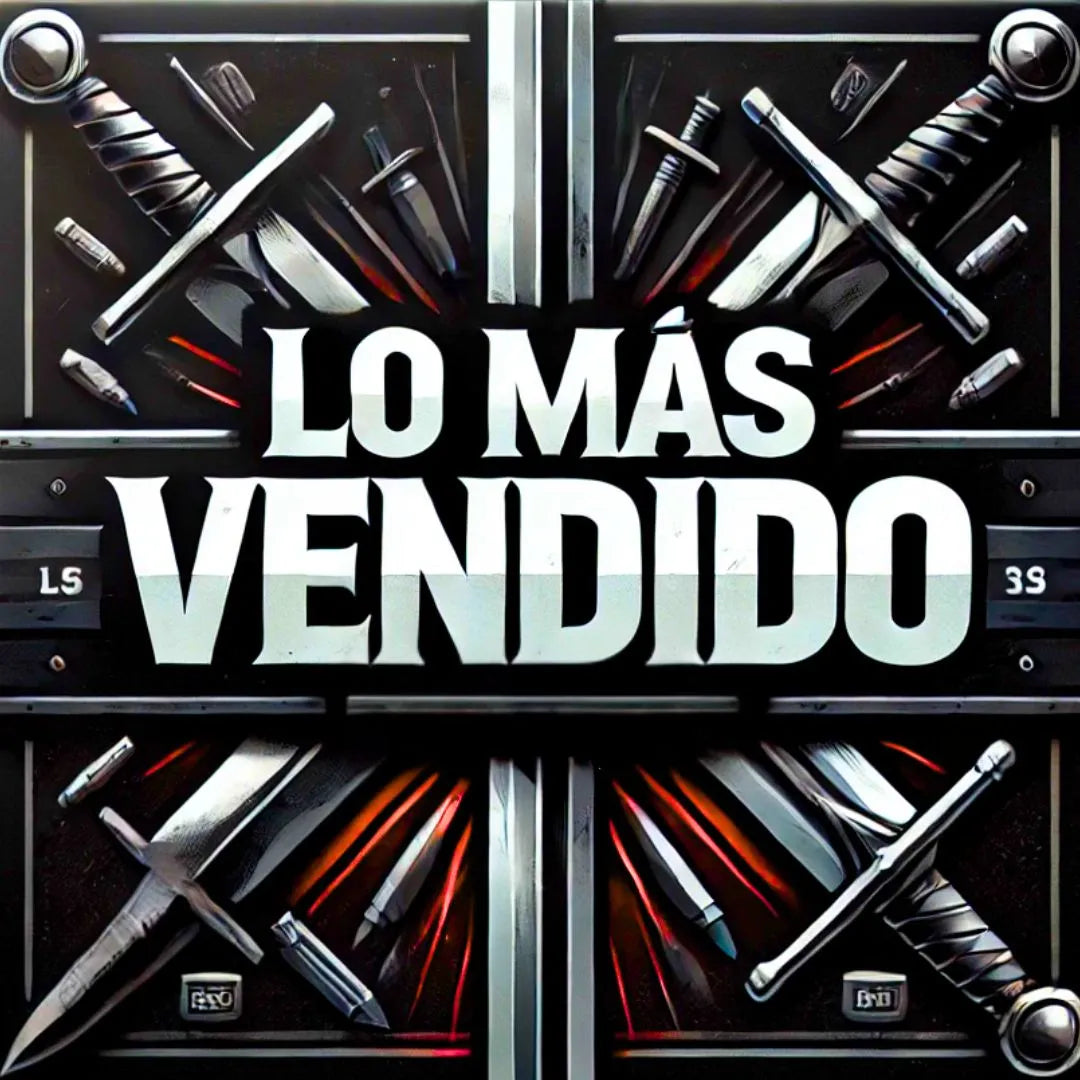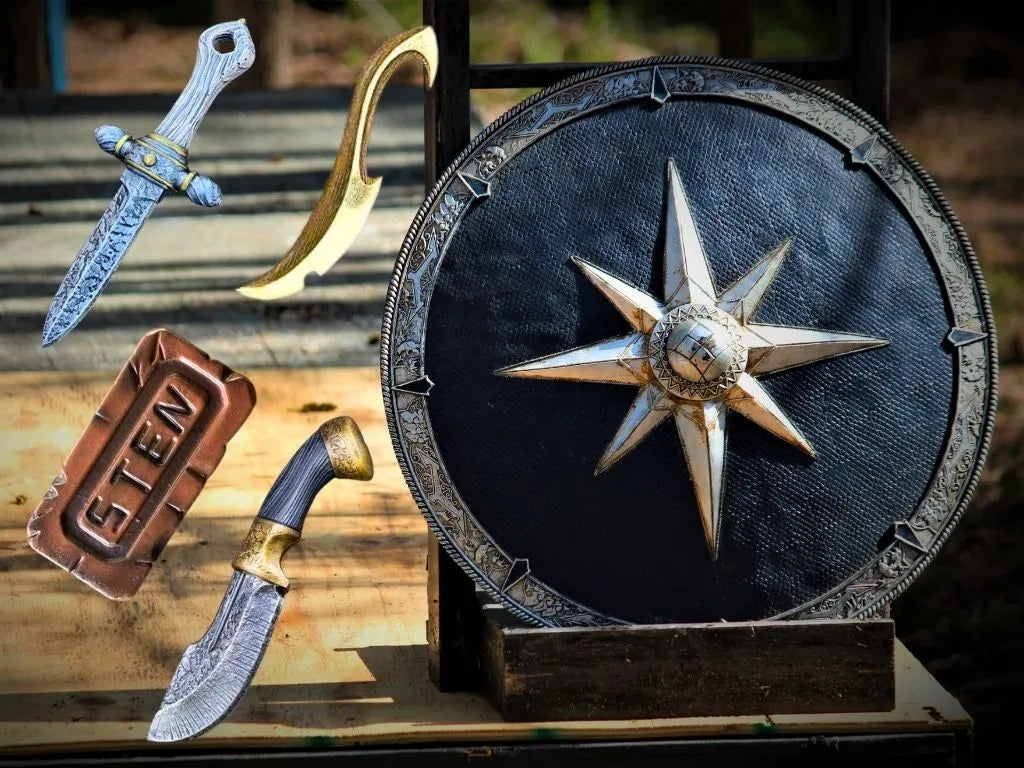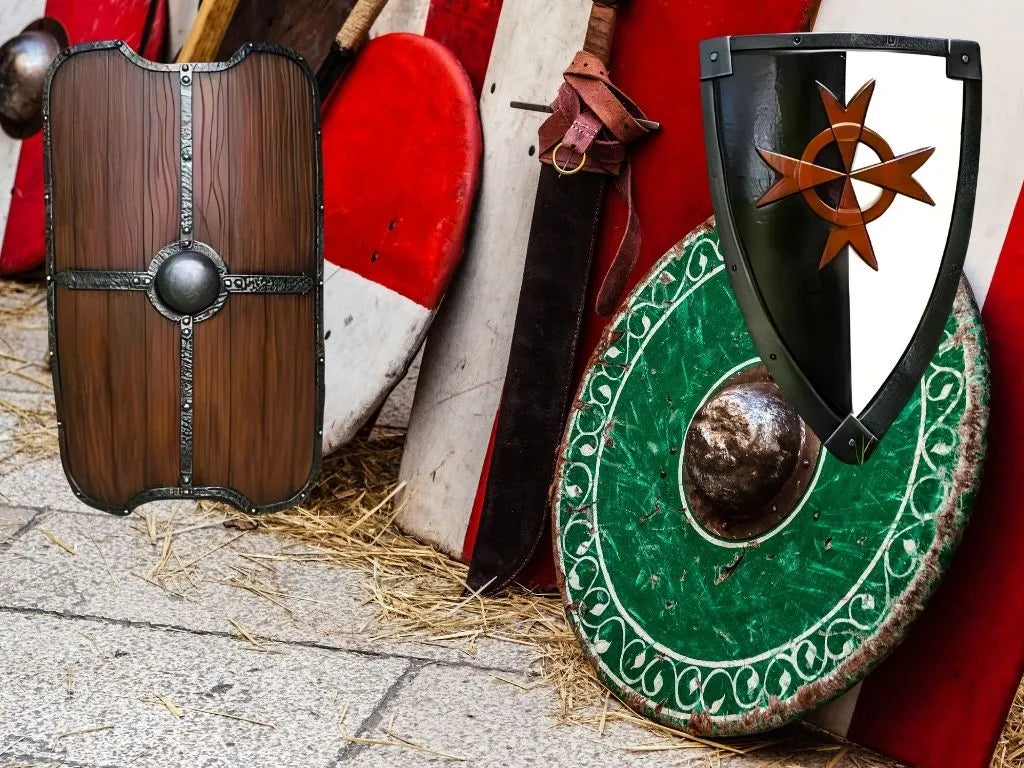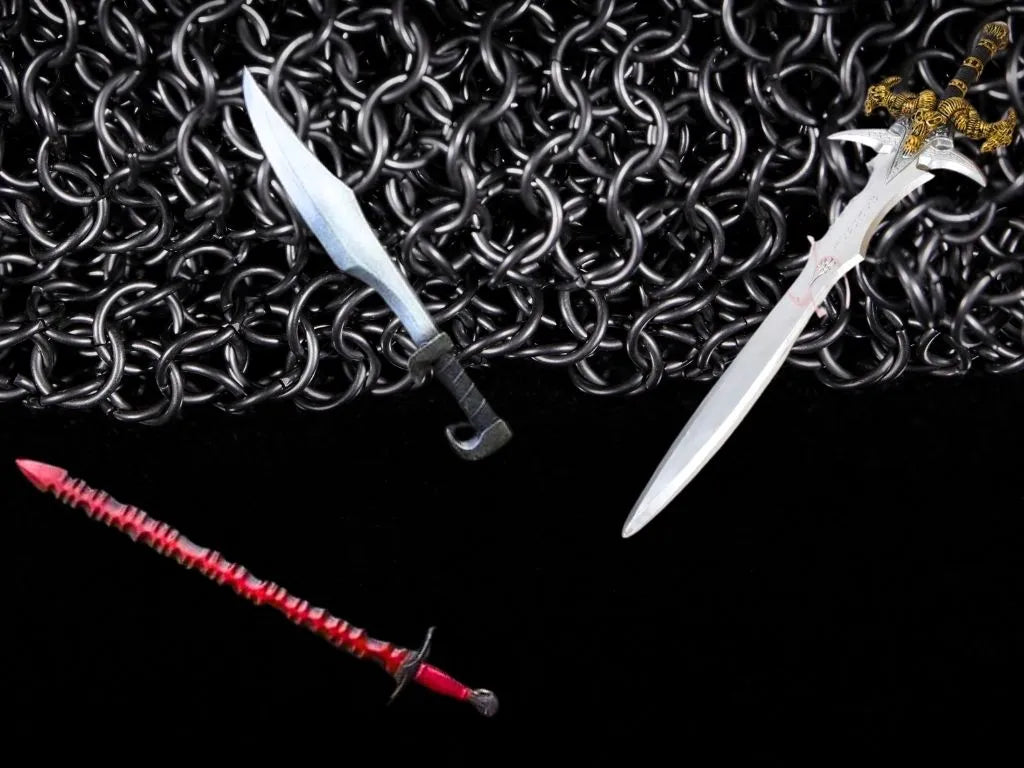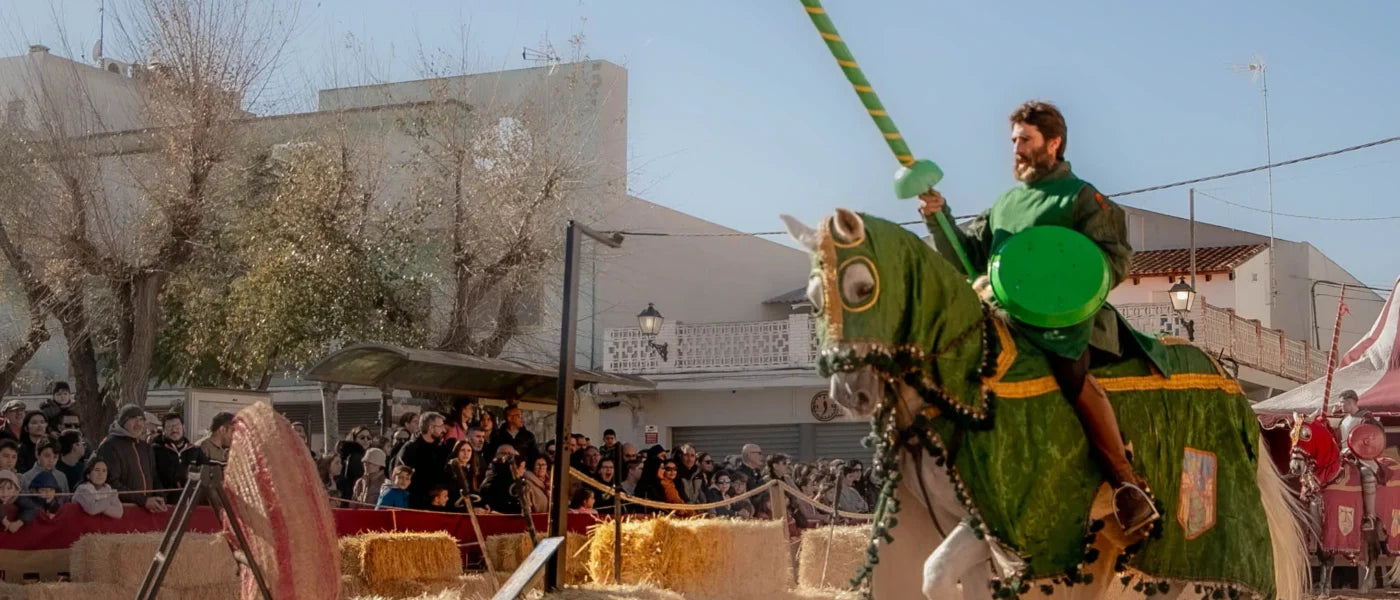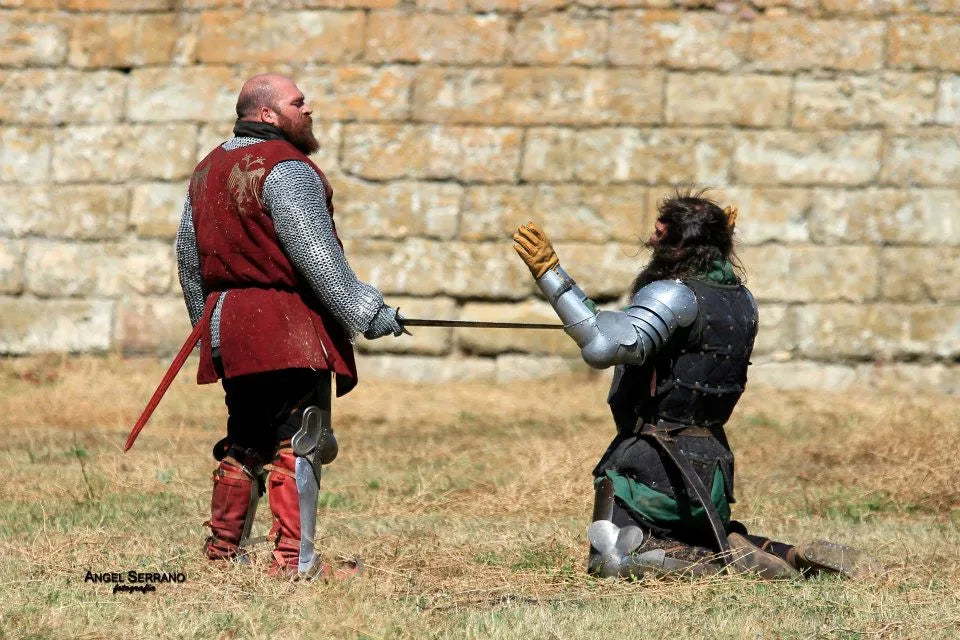The Scimitar: The Most Famous Sword of the East
From the desert sands to the rainforests, few weapons evoke as much fascination and mystery as the scimitar. A symbol of power, prowess, and bravery in numerous Eastern cultures, this iconic curved sabre has endured through the ages, captivating historians, collectors, and sword enthusiasts around the world. In this article, we will explore its history, characteristics, and why the scimitar is undoubtedly the most famous sword in the East.
Check out our collection of Historical Swords!

The scimitar, also known as a "shamshir" in Persian, has its roots in the Middle East region, where it appeared around the 9th century. Although its design was perfected in Persia, the curved sabre's influence is thought to have come from Asian cultures, such as the Turkic and Mongol tribes, who used similar swords for mounted combat.
For centuries, the scimitar was the sword of choice in regions spanning North Africa to India. The curved, lightweight design made it an extremely effective weapon for mounted battles, where agility and speed were essential. Its use spread rapidly, and the scimitar became a symbol of the Islamic world, adopted by warriors, soldiers and nobles of different empires.
Check out our fantasy swords!
The most iconic feature of the scimitar is its curved blade. Unlike the straight swords that predominated in Europe, the curve of the scimitar was designed to maximize quick, accurate cuts, particularly in mobile combat. This curve facilitated the slashing strike, allowing the wielder to inflict damage while maintaining movement speed, ideal for mounted warriors.

Other features include:
Light weight: This made it easy to handle, allowing for quick and precise movements.
Ergonomic Grip: Scimitar grips were often designed to provide a firm grip, with simple guards that protected the hand without impeding freedom of movement.
Variable length: Although most scimitars range between 75 and 100 cm, the length could vary depending on the region and fighting style.
Uses in battle
The scimitar was especially popular among horsemen. Archers and mounted warriors depended on its ability to cut down the enemy quickly while maintaining the speed of their mount. This weapon was ideal for quick maneuvers and ambushes, due to the ease with which it could be wielded and its effectiveness at making deep cuts.
Unlike other swords, the scimitar was not intended for thrusting or prolonged defensive and offensive combat. Its main advantage was its quick and lethal strike, which made it a key weapon in the conquests of Muslim peoples in Asia, Europe and Africa.
Check out our famous swords, you'll love it!
 In the modern world, the scimitar has also gained popularity among historical fencing enthusiasts and reenactors, who value not only its aesthetic beauty, but also its functionality in combat. In addition, many modern craftsmen continue to make high-quality scimitars, respecting traditional techniques and fusing them with modern advances in metallurgy.
In the modern world, the scimitar has also gained popularity among historical fencing enthusiasts and reenactors, who value not only its aesthetic beauty, but also its functionality in combat. In addition, many modern craftsmen continue to make high-quality scimitars, respecting traditional techniques and fusing them with modern advances in metallurgy.
At Espadas y Más, we offer a selection of high-quality replicas that capture the essence of this legendary weapon. Discover our collection and bring home a piece of history!

